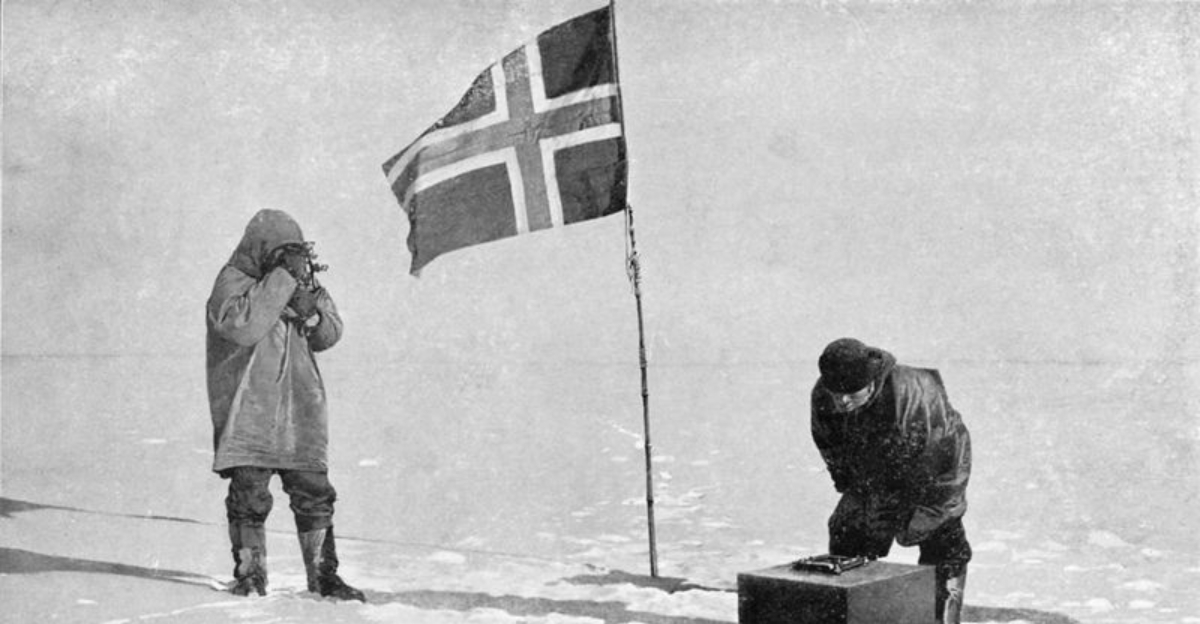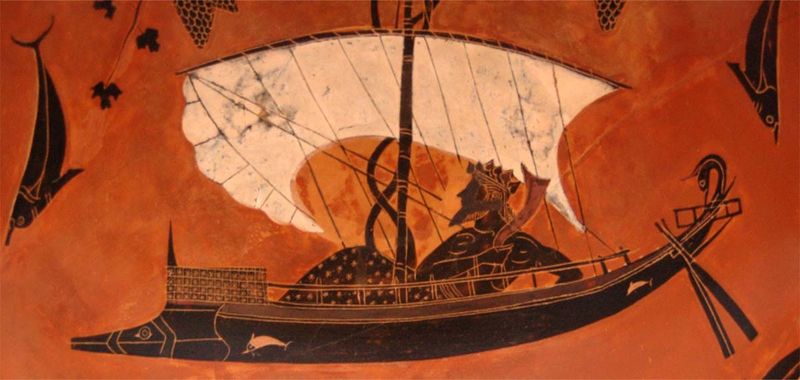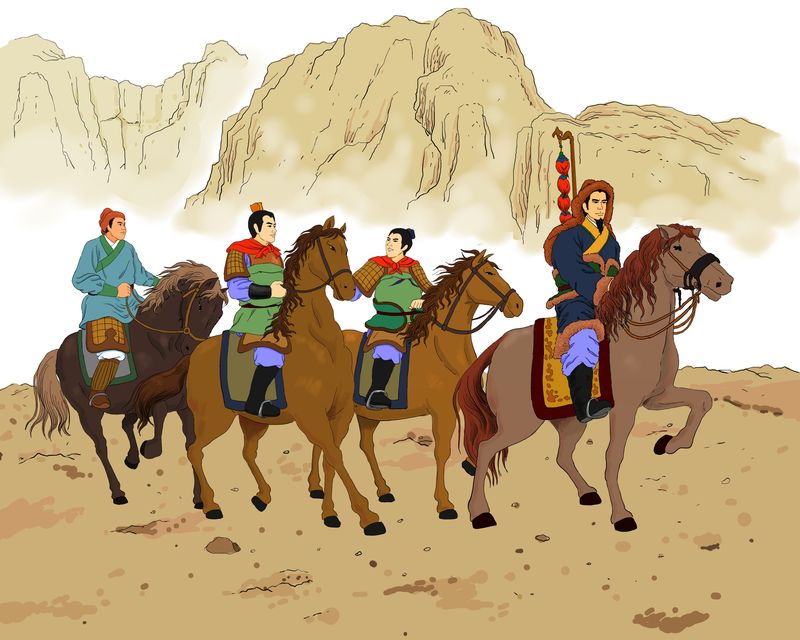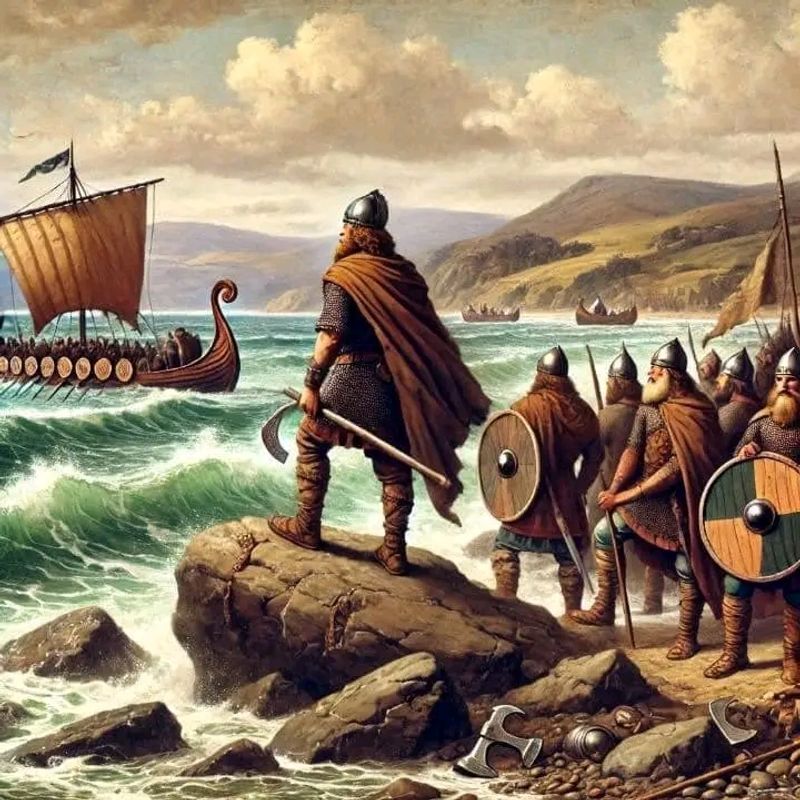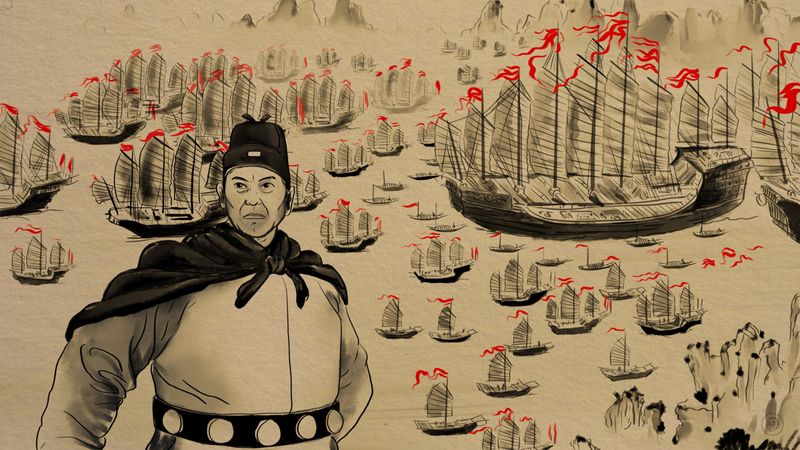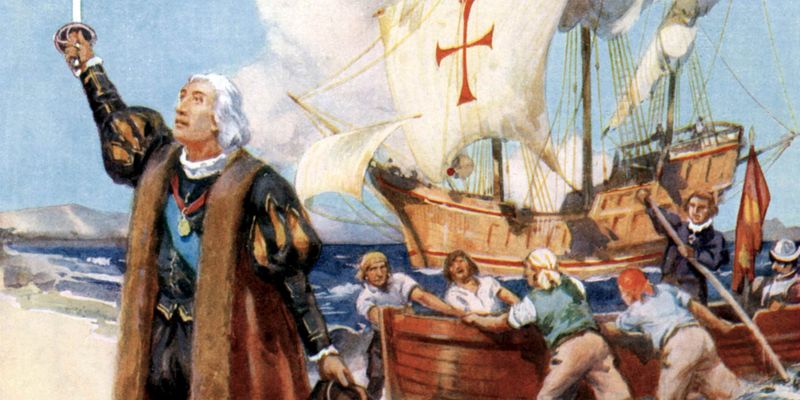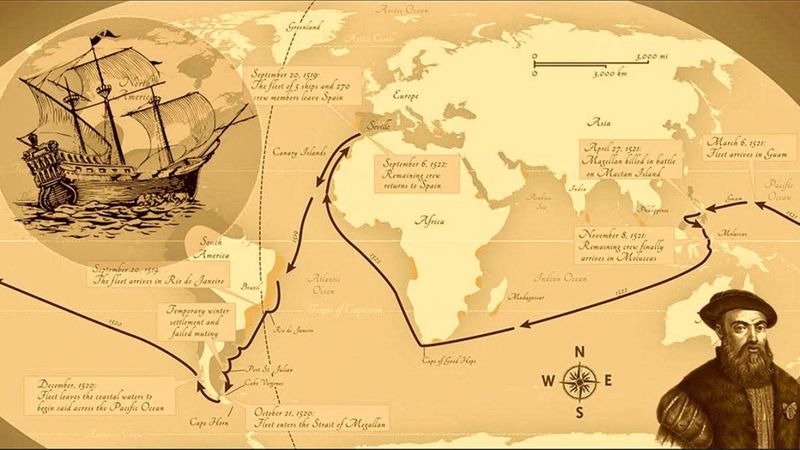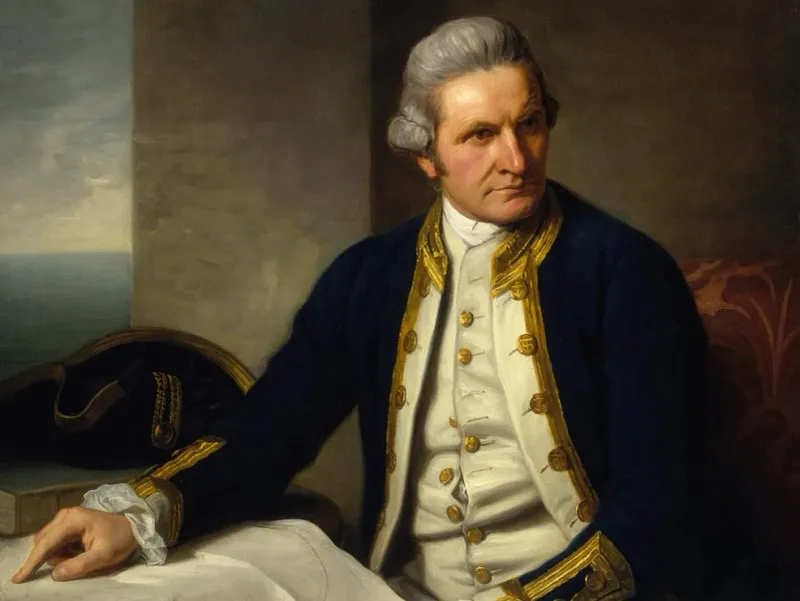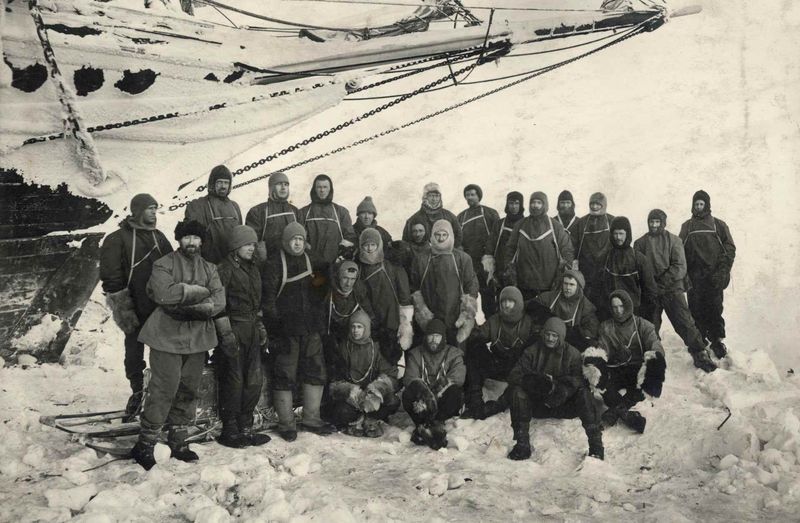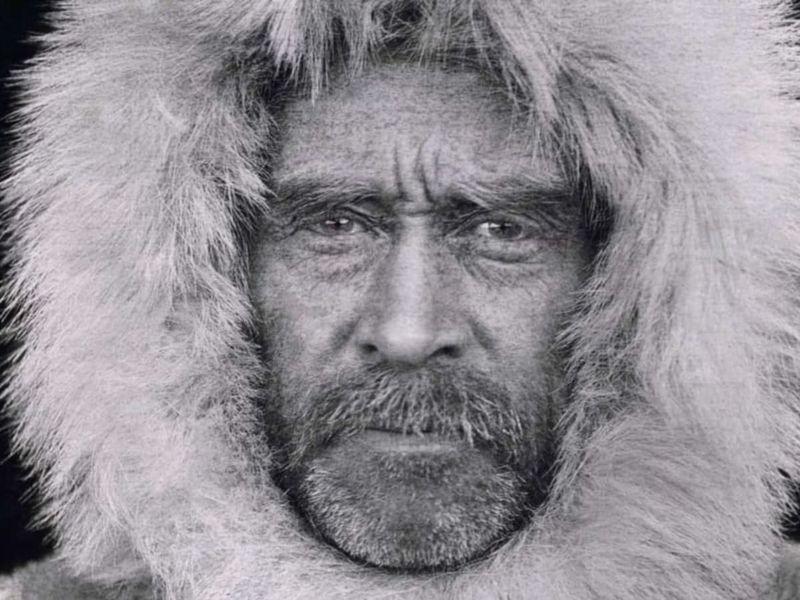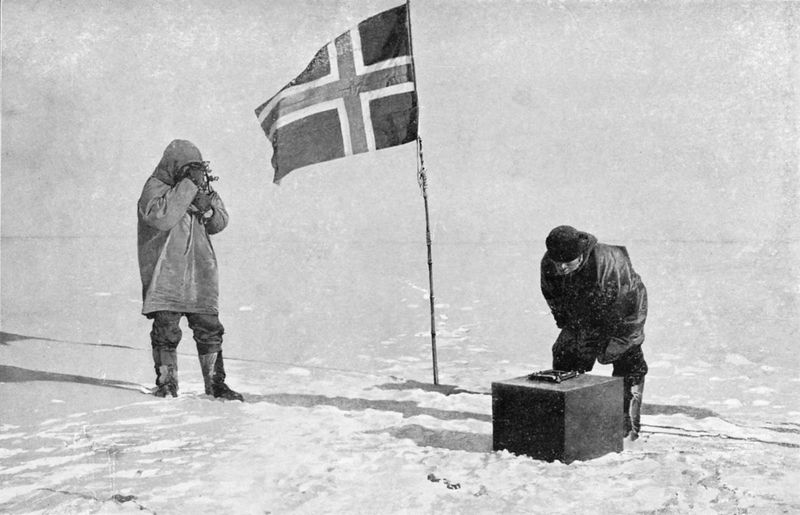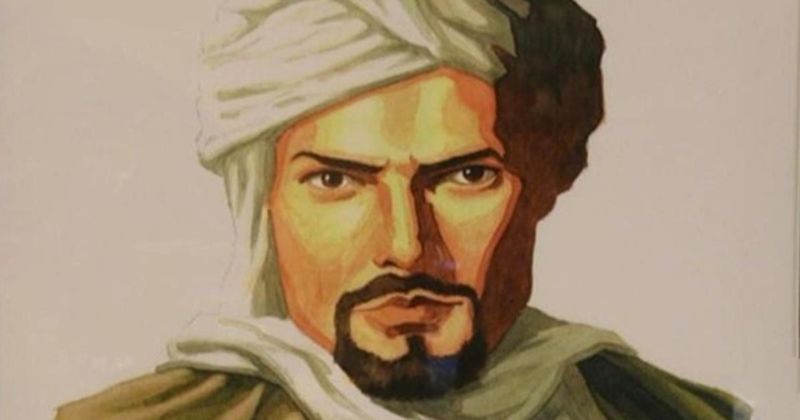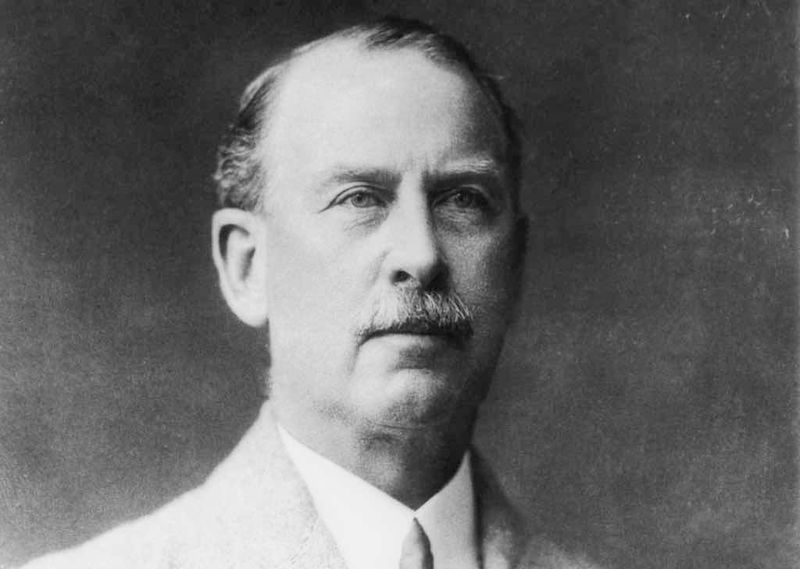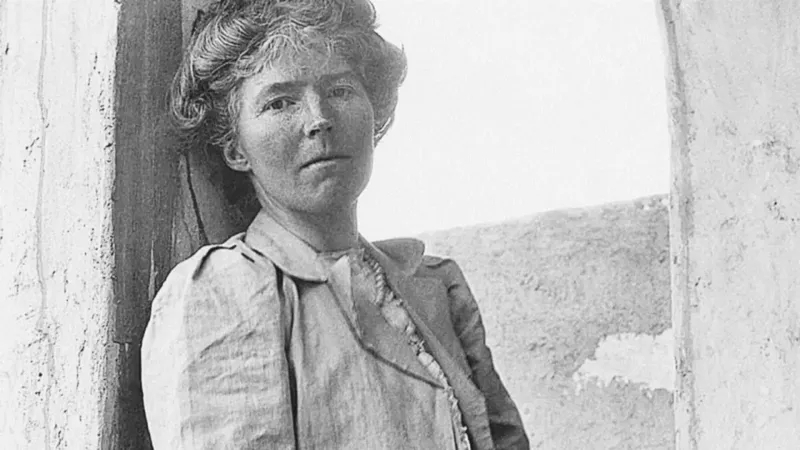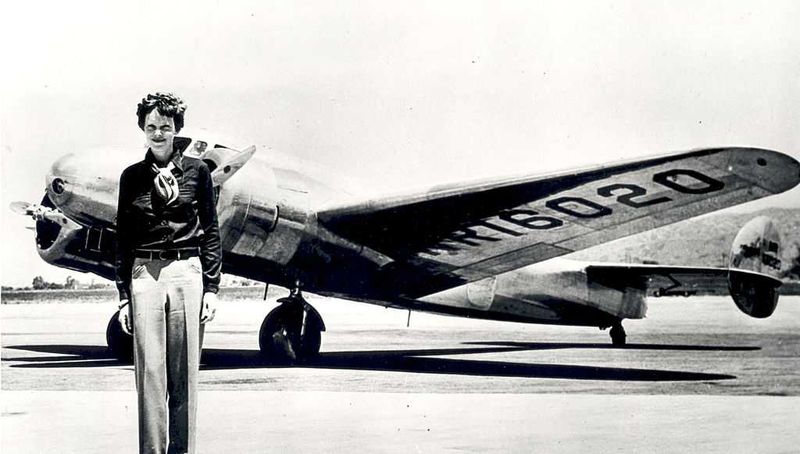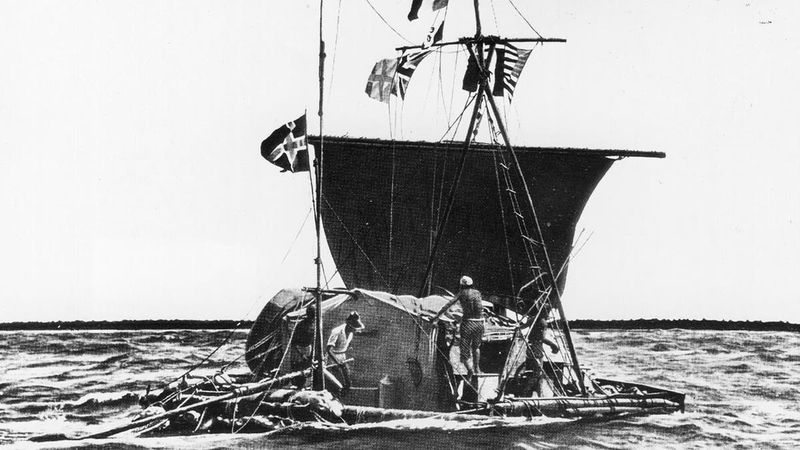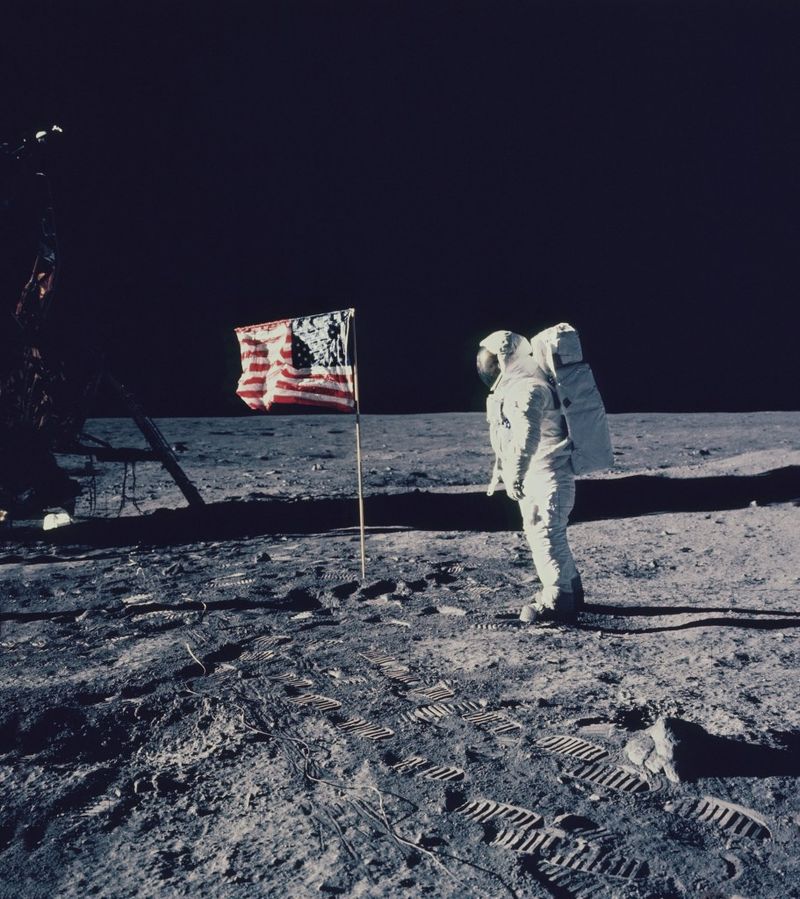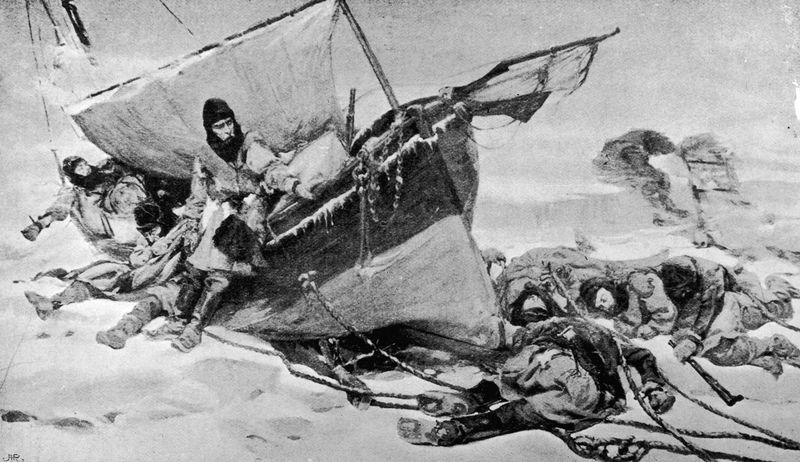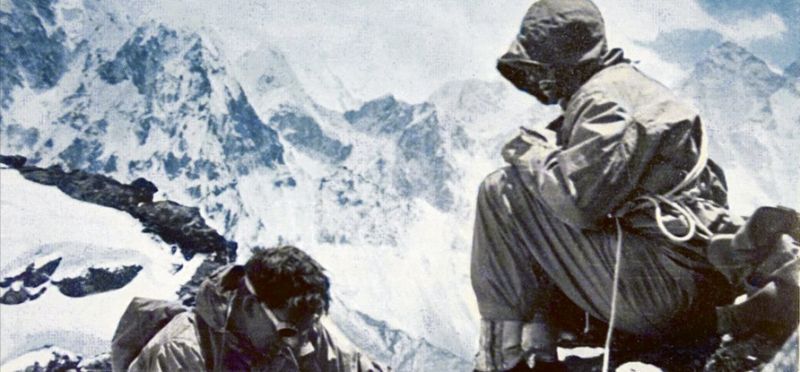Throughout history, daring explorers have ventured into the unknown, charting new territories and expanding the boundaries of human knowledge. From ancient Greece to modern times, these 18 explorers undertook perilous journeys across oceans, deserts, and even to the Moon. These intrepid adventurers not only pushed the limits of their own endurance but also paved the way for future exploration. Their stories are a testament to human curiosity and resilience, revealing the remarkable lengths to which they went in pursuit of discovery and understanding.
1. Pytheas of Massalia (4th Century BCE, Greece)
In the 4th century BCE, Pytheas of Massalia became the first Greek to venture beyond the Mediterranean, reaching the enigmatic lands of Britain and the Arctic Circle. His daring voyage spanned over 3,500 miles, a testament to his adventurous spirit and unparalleled navigational skills. Sailing into the unknown, Pytheas chronicled the mysterious phenomenon of the midnight sun, offering one of the earliest known descriptions. His journey not only expanded the geographical knowledge of his time but also inspired generations of explorers to come.
2. Zhang Qian (2nd Century BCE, China)
Zhang Qian, an emissary of the Han Dynasty, embarked on a groundbreaking mission to open the Silk Road, a vast network connecting China with Central Asia. Captured by nomads and held for years, his unwavering determination led him to escape and continue his journey, covering over 8,000 miles on foot. His explorations paved the way for trade and cultural exchange between East and West, transforming Zhang into a legendary figure in Chinese history.
3. Leif Erikson (c. 1000 CE, Norse)
Centuries before Columbus, Leif Erikson, the adventurous Norse explorer, set sail from Greenland, discovering Vinland, known today as North America. His courageous journey spanned over 2,500 miles, marking the first known European presence on the continent. Leif’s expedition not only challenged the geographical understanding of his time but also fueled the Viking spirit of exploration, leaving a legacy of bravery and curiosity.
4. Zheng He (Ming Dynasty, China)
In the early 15th century, Zheng He led China’s most ambitious naval expeditions, commanding over 300 ships and 40,000 men. His voyages spanned Southeast Asia, India, and Africa, reaching as far as Kenya, over 7,000 miles from home. Zheng He’s expeditions showcased the grandeur of the Ming Dynasty, promoting trade and diplomatic relations while demonstrating China’s naval prowess and curiosity about the world beyond its borders.
5. Christopher Columbus (1492, Spain)
In 1492, Christopher Columbus embarked on a historic journey across the Atlantic, aiming to find a new route to Asia. Instead, he stumbled upon the Bahamas and the Caribbean, forever altering the course of history. Columbus’s ambitious 3,000-mile voyage marked the beginning of European exploration and colonization in the Americas, despite his misconception of having reached Asia. His legacy is a complex tale of discovery and its consequences.
6. Ferdinand Magellan (1519–1522, Portugal/Spain)
Ferdinand Magellan’s expedition was the first to attempt a circumnavigation of the globe. Though he perished in the Philippines, his fleet completed the journey, covering 42,000 miles. Magellan’s daring quest reshaped geographical understanding and showcased the vastness of the world. His voyage paved the way for an era of global exploration, connecting distant lands and cultures.
7. James Cook (1768–1779, Britain)
Captain James Cook’s voyages across the Pacific were monumental in expanding the Western world’s knowledge of the region. From Australia to Antarctica, Cook mapped over 200,000 miles of coastline, unveiling new lands and peoples. His meticulous charts and scientific observations opened new frontiers for exploration and strengthened Britain’s naval dominance. Cook’s legacy endures in the annals of exploration.
8. Ernest Shackleton (Antarctica, 1914–1916)
Ernest Shackleton’s legendary Antarctic expedition of 1914 was a tale of survival against all odds. Though he failed to cross the continent, his leadership saved his crew after their ship, the Endurance, was trapped in ice. Shackleton’s determination inspired a harrowing 720-mile journey in a lifeboat to safety. His legacy is one of courage, resilience, and leadership under extreme conditions.
9. Robert Peary (North Pole, 1909)
Robert Peary’s controversial claim of being the first to reach the North Pole in 1909 remains a topic of debate. Nevertheless, his relentless pursuit of the pole took him over 400 miles of treacherous ice. Peary’s expeditions pushed the boundaries of Arctic exploration and inspired future generations of polar adventurers. His legacy is a mix of ambition and contentious achievement.
10. Roald Amundsen (South Pole, 1911)
Roald Amundsen’s successful expedition to the South Pole in 1911 was a triumph of planning and skill. Beating his rival, Robert Scott, by 34 days, Amundsen’s 1,400-mile round-trip journey showcased his mastery of polar survival techniques. His achievement marked a milestone in exploration, as he became the first to reach both the South and North Poles, solidifying his place in history.
11. Ibn Battuta (14th Century, Morocco)
Ibn Battuta’s epic journey spanned 75,000 miles over 30 years, making him one of history’s most traveled explorers. From Mali to China, his adventures revealed the diverse cultures and landscapes of the Islamic world. Battuta’s detailed travel accounts offer invaluable insights into the 14th-century societies he encountered, making him a celebrated figure in the history of exploration.
12. Percy Fawcett (Amazon, 1925)
Percy Fawcett’s quest for the “Lost City of Z” in the Amazon captured the imagination of many. In 1925, he vanished into the jungle, never to be seen again, after trekking over 1,000 miles. Fawcett’s mysterious disappearance added to his legend, sparking intrigue and speculation. His explorations continue to inspire adventurers in search of the unknown.
13. Gertrude Bell (Middle East, Early 1900s)
Gertrude Bell, often called the “Queen of the Desert,” was a pioneering figure in Middle Eastern exploration. Her travels through the Arabian deserts and contributions to archaeology and mapping were instrumental in shaping modern Iraq. Bell’s solo journeys of over 20,000 miles highlighted her tenacity and intellect, earning her a lasting legacy in the annals of exploration.
14. Amelia Earhart (1937, Pacific)
Amelia Earhart’s attempt to circumnavigate the globe in 1937 remains one of aviation’s greatest mysteries. Her disappearance after covering 22,000 miles captured the world’s imagination. Earhart’s fearless spirit and pioneering achievements in aviation broke barriers for women, leaving an enduring legacy of courage and ambition in the face of the unknown.
15. Thor Heyerdahl (1947, Pacific)
Thor Heyerdahl’s daring 1947 voyage on the Kon-Tiki raft sought to prove ancient transoceanic contact was possible. Covering 4,300 miles across the Pacific, Heyerdahl demonstrated the potential for cultural exchange between distant civilizations. His adventure captivated the world, blending anthropology and exploration in a unique tale of curiosity and perseverance.
16. Neil Armstrong (1969, Moon)
Neil Armstrong’s iconic moon landing in 1969 marked humanity’s first steps beyond Earth. As he set foot on the lunar surface, Armstrong’s words, “That’s one small step for [a] man, one giant leap for mankind,” echoed globally. His 238,900-mile journey to the Moon and back symbolized the pinnacle of human achievement and opened a new era of space exploration.
17. Sir John Franklin (Arctic, 1845)
Sir John Franklin’s quest for the Northwest Passage ended in tragedy, as his ships became icebound, leading to the disappearance of all 129 crew members. Franklin’s expedition remains one of the Arctic’s great mysteries, sparking numerous search missions. His ill-fated journey highlighted the harsh realities of polar exploration and left a lasting legacy of intrigue and exploration.
18. George Mallory (Everest, 1924)
George Mallory’s enigmatic final climb on Mount Everest in 1924 has captivated mountaineers and historians alike. Last seen just 800 feet from the summit, Mallory’s fate remains unknown. His famous response to why he wanted to climb Everest, “Because it’s there,” epitomizes the human spirit of adventure. Mallory’s legacy endures in the quest to conquer the world’s highest peak.
